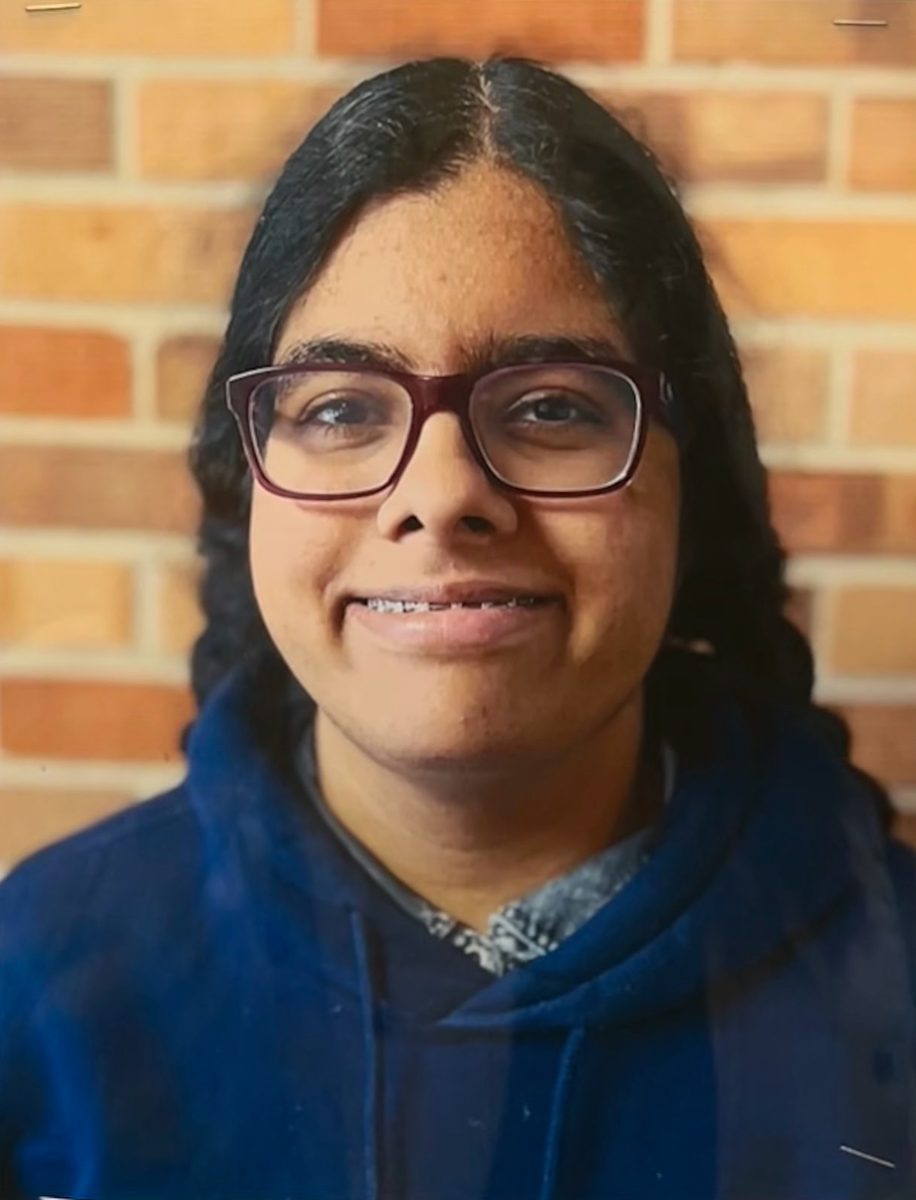Supreme Court hears case on Biden’s student debt relief plan
March 10, 2023
The Supreme Court recently heard arguments on the student debt relief plan, which was made to help cancel student loan debt of up to $20,000. Multiple lawsuits were filed against the historical program, leading to the Supreme Court finally taking up the case.
Biden’s student debt forgiveness plan aimed to provide targeted debt relief, with borrowers receiving up to $10,000 as a non-Pell grant recipient (grants given to financially insecure undergraduate students) and $20,000 as a recipient.
The two cases the Supreme Court heard last Tuesday were Biden v. Nebraska and Department of Education v. Brown. Biden v. Nebraska consisted of six Republican states who filed a lawsuit against the forgiveness plan claiming that the states would undergo financial harm and the loss of profits from companies like Missouri Higher Education Loan Authority, the new public loan servicer. Department of Education v. Brown considers the plight of two borrowers, Myra Brown and Alexander Taylor, who could not receive the entire $20,000 and argued that the relief plan neglected their procedural rights.
Several arguments were made against the plan and especially criticized the debt relief part of borrowers receiving $10,000-$20,000 in student loan forgiveness. Public loan servicers such as Missouri Higher Education Loan Authority also say they would lose money with smaller repayment plans.
Many student loan borrowers and current college students have their own opinions about what’s happening at the Supreme Court. Hundreds of student activists rallied in front of the Supreme Court when the case was being heard, advocating for increased alleviation and racial justice for Black borrowers who often face worse circumstances.
One of many is Ashleigh Mosely, a student at Albany State who traveled to Washington D.C., to stand in front of the Supreme Court to rally for more debt cancellation.
“We are young women and men in college trying to figure out a way, and we just keep getting hit and knocked down,” Mosely said.
One of the biggest concerns is what will happen if the forgiveness policy fails. Borrowers who can’t afford their repayment plans could default on their student loans. Another cause for concern is the shaky legal grounds that the Biden v. Nebraska argument stands on, as theories have circulated about how the 6-3 conservative majority in the Supreme Court will rule the decision. One popular theory by analysts is due to the conservative majority, Justice Amy Barrett could be the deciding factor.
Borrowers also worry about the possible zero alleviation of their student loan debt. Without the relief plan, many people who are drowning in student debt will not get the opportunity to relieve some of their burdens. Almost 43 million borrowers will be eligible for various amounts of debt relief if the plan continues.
Many students waited for hours to get a spot for oral arguments inside the courtroom, including Lydia Zajichek, a sophomore at the University of Wisconsin-Madison whose parents have over $100,000 in student debt.
“We came out here, we sat in the rain all night and waited until we could get the SCOTUS tickets to listen to the hearing because it’s just that important to us,” Zajichek said.
Despite the clash, both sides agree that the existing college systems and affordability problems need reforms for the future to rebuild a sustainable system.
Student loan repayments will begin 60 days after the Court’s speculated decision date marking the end of June or 60 days after June 30.
Jason Lowe, a senior at Albany State, expresses his anxiety about the ongoing issue.
“I go in to sign the terms and conditions at the beginning of every semester, look at the number and it just keeps going. I’m like, it’s already past what I can afford,” Lowe said.



